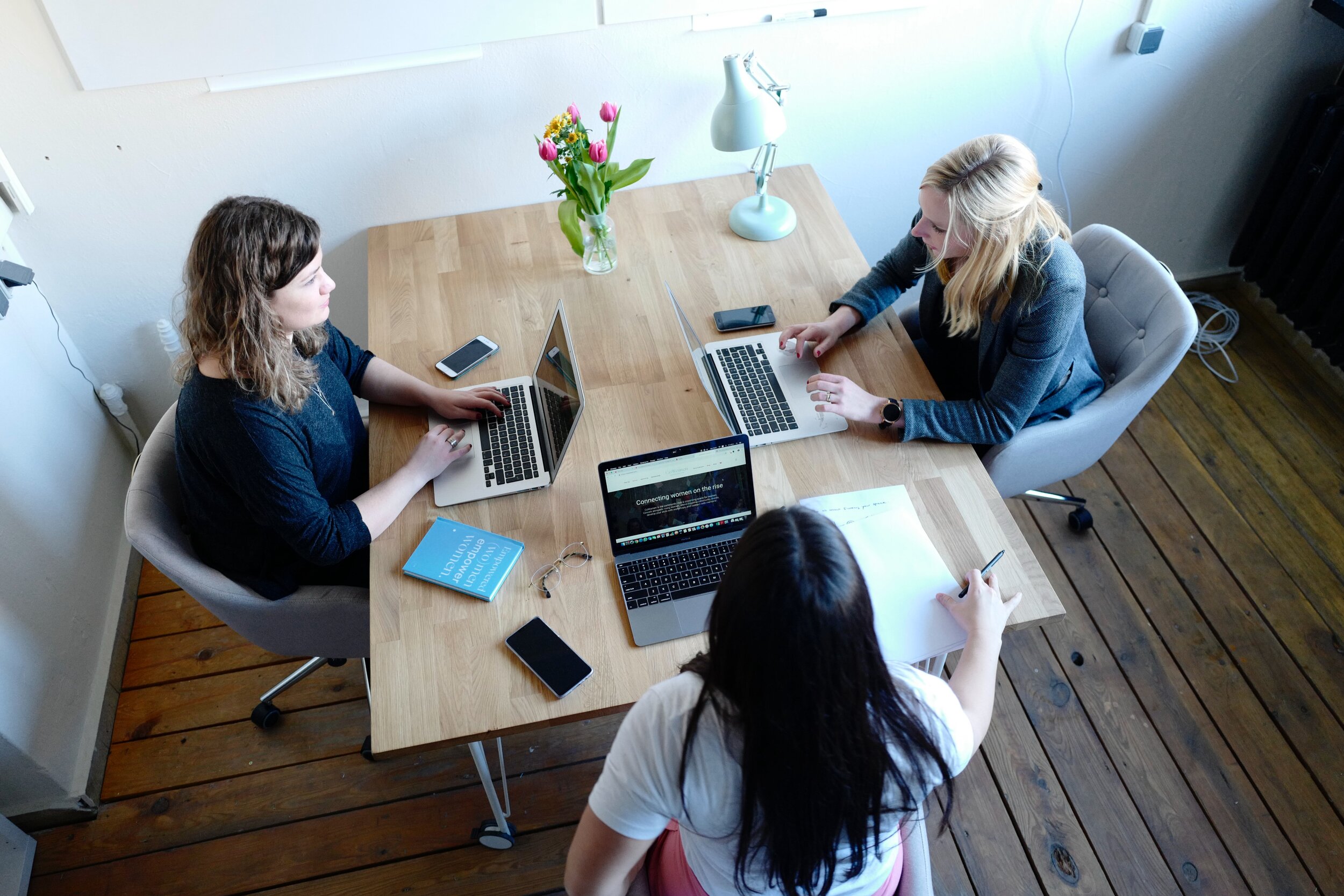One thing that we at Cityspace have always said is that offices are all about people. As companies now plan a return to the office and look to introduce a blended office approach in order to create the right blend of onsite and remote working, the people aspect has never been more important.
With many people still working from home, a lot of the discussion has been around how much time staff will be allowed to continue working remotely in the future. A survey conducted by our specialist research partner Baker Stuart found that 89% of respondents wanted to work remotely at least some of the time, with 62% wanting to work from home at least two days a week.
However, a second and equally important question is how the office itself should adapt to this new paradigm. With a percentage of staff working from home, firms are now recognising that the office needs to become a hub for interaction and collaboration, rather than just individual work, but after the anguish and disruption of the past year, it also has to become a place that provides a sense of wellbeing and stimulates the productivity of teams.
It needs to begin with a vision
The starting point for developing a successful blended office concept has to begin with a clear vision. Given the speed of change that has happened to office life over the past year, it’s tempting to believe that things will bounce back and slot into the same routines as before.
In our discussions with clients, we believe that the change in office life will likely be profound and long-lasting. Not only will staff want to continue to work from home part of the time, when they do return to the office they will also expect an environment that has adapted to the new circumstances.
A key aspect of the office is to create the right culture that reflects the company values and the brand. This will become a lot more difficult to do in an environment that is sparsely populated, still bound by social distancing restrictions, and with a design and layout that was created for a pre-COVID world. There are financial drivers here as well - with the business cost of floorspace in London second only to staff costs, it is imperative that every square foot is used in the most productive way.
Working with clients, the best way to manage this process is to create a clear vision at the outset of where the company and culture is today, and how you would like it to develop over the coming years. By doing so, this can provide management teams with a ‘North Star’ to guide office decision-making in the right direction in what are unprecedented times.
Office design has to start from the bottom up
The impact of the pandemic has caused a seismic change, not only in the way it has forced people to vacate offices, but also in the way firms now need to plan their return to office life. Previously, decisions about office design and usage were generally top-down, whereby directors and management teams would decide the layout of meeting rooms and the requirements for team areas.
But now, in order to create a successful return to the office, the decision-making needs to be bottom-up and led by a clear understanding of the issues and concerns of staff members with regard to both returning to and working in the office. The role of HR in office planning has now become crucial.
Three key things that firms need to understand is what are the concerns of people coming back, how will people now interact and work in the new office environment, and how to manage the right balance between onsite and remote working. The only way to get a proper understanding is through an evidence-based approach.
Nowadays, one size fits all thinking is no longer valid. Not only will there be marked differences in attitudes between different firms, there will also be significant differences between teams and demographic groups within a business. Some teams may have coped with the shift to home working much better than others and, within these teams, younger members may be itching to return to the office, while those who commute into London may much prefer to spend a higher proportion of time working from home. All these issues and concerns need to be balanced, but in a way that is also beneficial to the company, to productivity, and to the bottom line.
How Cityspace can help
The team at Cityspace is currently working with clients to help them understand and evaluate the people aspect of this new environment. Working with our research partner Baker Stuart, we can survey your staff to get a clear understanding of how they feel and then help you put an evidence-based plan into action.
If you would like any help, advice or further information, please give us a call on 0207 638 4250 or email info@cityspacemanagement.co.uk.






